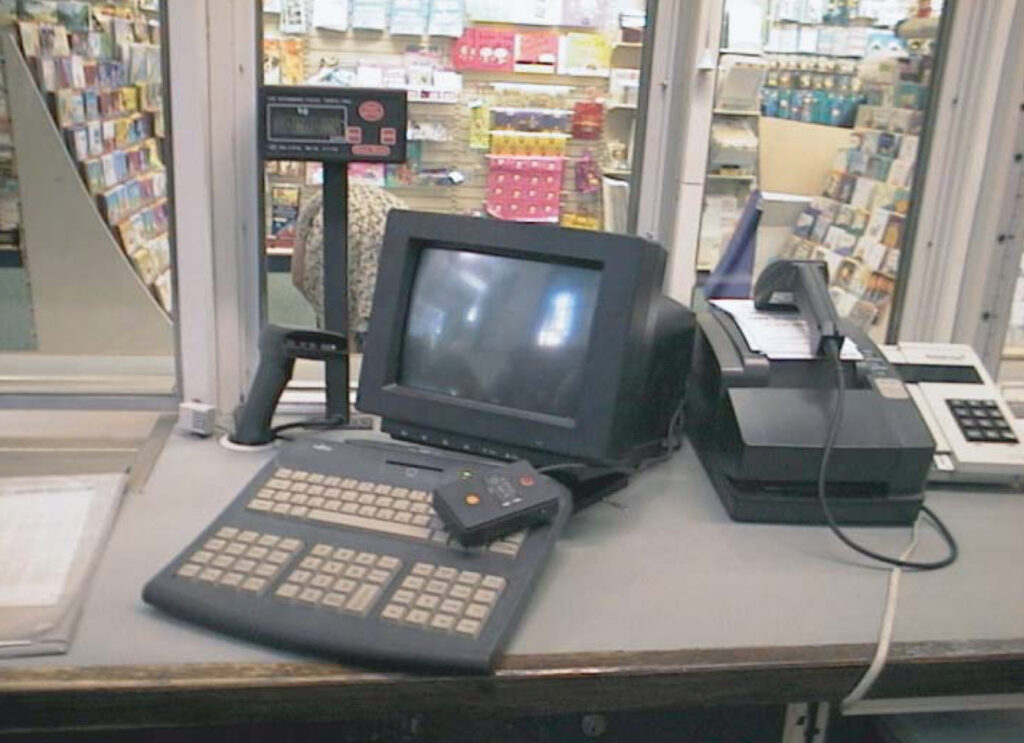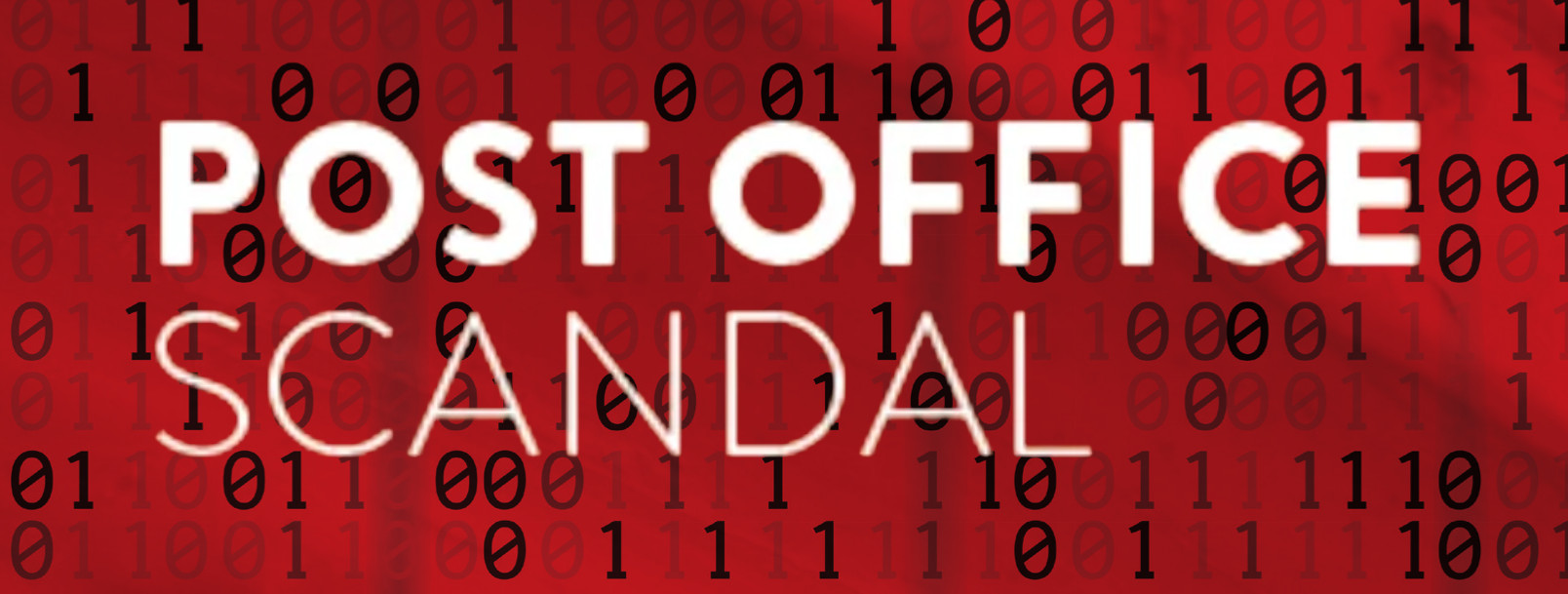
In my book I interview someone who was parachuted into Fujitsu [or more specifically, its subsidiary ICL Pathway] into the late 90s to try to rescue the Horizon project. He couldn’t.
I called my interlocutor Clint because he didn’t want me to use his real name, and there was something steely-eyed about him.
Of the Horizon IT system, he told me ‘Everybody in the building by the time I got there knew it was a bag of shit. Everybody.’
Clint was involved in trying to work out what was going wrong and working out how to fix it. After looking at everything, he informed his bosses Horizon’s cash account software was so badly written it couldn’t be rescued. He was moved to a different part of the project.
At the end of the interview, Clint gave me the single best instantaneous response of any interviewee I have spoken to. When asked to summarise the Horizon IT system, he said:
‘It was a prototype that had been bloated and hacked together afterwards for several years, and then pushed screaming and kicking out of the door. It should never have seen the light of day. Never.’
But it did see the light of day. How? Why?
Day 1 of Phase 2 of the Post Office Horizon IT inquiry has shed more light on the matter. In September 1999 the Post Office Board refused to sign off on the rollout of Horizon, citing: ‘training, stability of the system (lockups and screen freezes) and quality of accounting data’, but by October, it was being rolled out.
In her seminal work, Origins of a Disaster, campaigner Eleanor Shaikh notes:
‘Three formal change control notes to the existing contact were subsequently signed on 24 September by POCL [Post Office Counters Ltd] and [Fujitsu subsidiary] ICL constituting the Second Supplementary Agreement. This enabled conditional Acceptance and rollout to continue, subject to additional obligations being placed on Pathway.’
The quality of the accounting data was the serious problem. Across the system Horizon could not get its accounts data to add up. Yesterday we found out a little more about the solution (‘additional obligations’) which allowed the board to give the go-ahead to the Horizon rollout in October.
In his opening remarks, Jason Beer KC (lead counsel* to the inquiry) went into more detail than we have heard before. He told Sir Wyn Williams, the inquiry chair, that Fujitsu/ICL/Pathway’s ‘proposed remedial plan’ to the accounting problem involved ‘the development of a new piece of software known as The Accounting Integrity Control Release’
This was:
‘a three-way reconciliation mechanism, otherwise referred to as an integrity check, that would validate that (i) the branch counters, (ii) TMS [that’s Pathway Central System] and TIP [that’s Post Office Counters Central System] were all balanced and in sync. Where they were not found to be in sync, the reconciliation would enable corrections to be made by either Pathway or Post Office Counters in their respective TMS or TIP systems or to bring TIP or TMS into line with the transactions logged at the counter and the cash account committed by the postmaster.’
A new piece of software, you say? What could possibly go wrong?
Beer continued:
‘Given that the accounting integrity control release had not been developed and its efficacy was not yet proven, Post Office Counters agreed to accept the Horizon System in late September 1999 on the condition that additional criteria aimed at demonstrating the efficacy of ICL Pathway’s rectification plans were met.’
These criteria were contained in the Second Supplemental Agreement Eleanor referred to above.
Beer told the inquiry this agreement permitted the Post Office to suspend the rollout of the Horizon IT system in the event that Fujitsu failed to demonstrate the effectiveness of the remedial measures, which it had agreed to adopt, in order to address the Post Office’s concerns.
According to Beer, not every manager was happy about this novel approach to post-delivery product development and he invited Sir Wyn to pursue this further in the coming weeks.
As you can read in Eleanor’s Origins document (p181 onwards) and the transcript to yesterday’s hearing (p139 onwards) October 1999 was the beginning of a tortured few months in which the Horizon rollout commenced, halted, and continued as Fujitsu did what it could to get the system working properly.
Of course, it never quite succeeded, but at least Fujitsu, the Post Office and the government had started offloading its unexploded bombs into the businesses and livelihoods of thousands of Subpostmasters all around the country, where they could detonate a long way from those responsible, with devastating effect.
* From Pinsent Mason’s Guide to Public Inquiries: ‘Counsel to the inquiry is invariably a senior barrister who will act as the panel’s main adviser. Counsel to the inquiry will usually be assisted by a team of junior counsel. Counsel will ensure the panel complies with the terms of reference, and, to ensure the independence of the chair and any panel, question witnesses who are giving oral evidence.’
My work on the Post Office Horizon IT inquiry is crowdfunded. If you’d like to contribute, please click on the widget you should be seeing to the right of this text (or below if you’re reading it on a mobile). To find out more before donating, please go to my tip jar web page. All contributors will be added to the ‘secret’ email newsletter, which offers irregular, and at times, irreverent insight into the machinations of the inquiry and the wider scandal.
You can also get every blog post I write emailed to you as soon as it is published by signing up in the email widget box below.

Leave a Reply